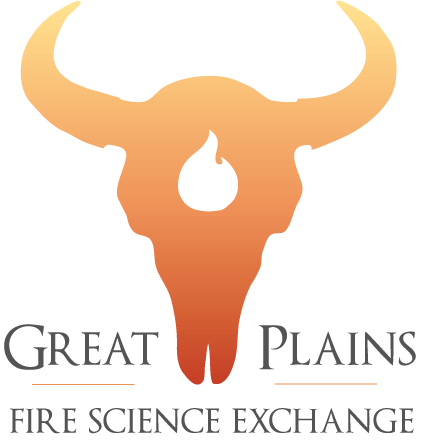Curriculum
Providing Us an Effective Alternative to Traditional AARs
Craig Cunningham, Superintendent of the Ruby Mountain Hotshots, has come up with a new way to structure After Action Reviews (AAR) that is making a positive difference on his crew. Previously, AARs were often vague debriefings which many people said were “broken”, but the new PLOWS structure changes how the AAR is used. The mnemonic PLOWS stands for Plan, Leadership, Obstacles, Weaknesses, and Strengths. By asking questions related to each topic, such as “Was the leader’s intent communicated and sufficient?” a safety and learning focused AAR can be conducted while encouraging crew participation. Some crews have been putting PLOWS into practice and observed that their discussion of the obstacles encountered one day led directly to a plan of improvements for the next. The PLOWS format is said to be working well for crews that have adopted it and influences small changes as well as larger goals for the upcoming season. Cunningham encourages others to try new AAR formats and share what works so others may benefit. Learn how to implement the PLOWS method of AAR on page 6 of the issue of “Two More Chains” linked below.
Read MoreVisit Nature Saskatchewan, they have a variety of activities, fact sheets and resources on Agriculture.
Read MorePrescribed fire is widely viewed as a useful but risky ecosystem management tool, and liability is a crucial issue for prescribed burning on private and public land. Basic liability rules motivate landowners to reduce risk when making choices about the use of fire. Liability therefore influences land use through incentives, and so has important consequences for the larger ecological landscape. Strict liability rules may lead to too little prescribed fire use, while negligence rules may, under certain circumstances, lead to too much. Although prescribed fire provides broad public benefits, such as reduction of wildfire risk or enhanced ecosystem health, the application of liability rules by courts often discourages its use as a vegetation management option. Various approaches exist for improving the laws and regulations surrounding prescribed fire.
Read MoreIt all starts with the soil. In fact, 2015 has been dubbed the International Year of Soil. In that spirit, throughout this year we will make a special effort to pass along grassland soil science relevant to the fire community.
The Journal of Ecology has a special virtual issue focused on below ground interactions. This issue contains several papers related to grasslands that might spark your interest.
www.journalofecology.org/view/0/VI_Soil.html
Read MoreThis report looks at the economic and social impacts of fuels treatments in an effort to answer persistent questions asked by Congress as they consider funding levels. Although this report is focused on woodlands, especially in the Southwest, I think the implications are important for the whole fire community. The sections on the wildland urban interface (where the natural areas meet the cities) are particularly important in the Great Plains.
Read MoreConsiderable prescribed fire research has been conducted on Ashe juniper (Juniperus ashei) and redberry juniper (J. pinchotii) communities in Texas. Prescribed fire is an effective, cost competitive method of controlling juniper. This paper outlines how to safely and efficiently conduct prescribed fires in juniper communities and discusses vegetation responses in the two major juniper types found in Texas.
Read MoreIn 1963, Omer C. Stewart, Professor of Anthropology at the University of Colorado, wrote an article about the use of fire by aboriginal peoples. This publication was not regarded with much importance when Stewart first presented it, but now his ideas are more respected within the fire community. Stewart focused on the value of learning about the ways indigenous peoples used fire as an ecological management tool. His article “Barriers to Understanding the Influence of Use of Fire by Aborigines on Vegetation” discusses the importance of taking time to learn from aboriginal people about their historical use of fire. In addition, Stewart addresses several reasons that historical information acquired from indigenous people is often disregarded in the realm of science.
Read MoreIn this article, Twidwell and others compared accident and fatality rates for wildland fire (wildfire and prescribed fire) to related occupations such as construction, animal production, crop production, and logging. Firefighters had the least fatalities from 2006-2013. Prescribed fire had far fewer fatal injuries than wildfire from 1963-2013. The authors caution that the datasets have limitations and really provide an approximation.
Read MoreThis report describes a new set of standard fire behavior fuel models for use with Rothermel’s surface fire spread model and the relationship of the new set to the original set of 13 fire behavior fuel models. To assist with transition to using the new fuel models, a fuel model selection guide, fuel model crosswalk, and set of fuel model photos are provided.
Read MoreThis handout was published in 2005, but it contains good information. Topics covered include history of fire use in Texas, fire ecology in different ecoregions, use of fire in wildlife management, several case studies, roles of fire management agencies, and increasing stakeholder involvement.
Read More
